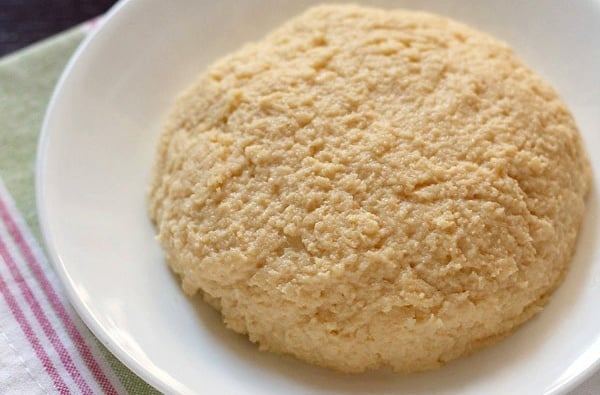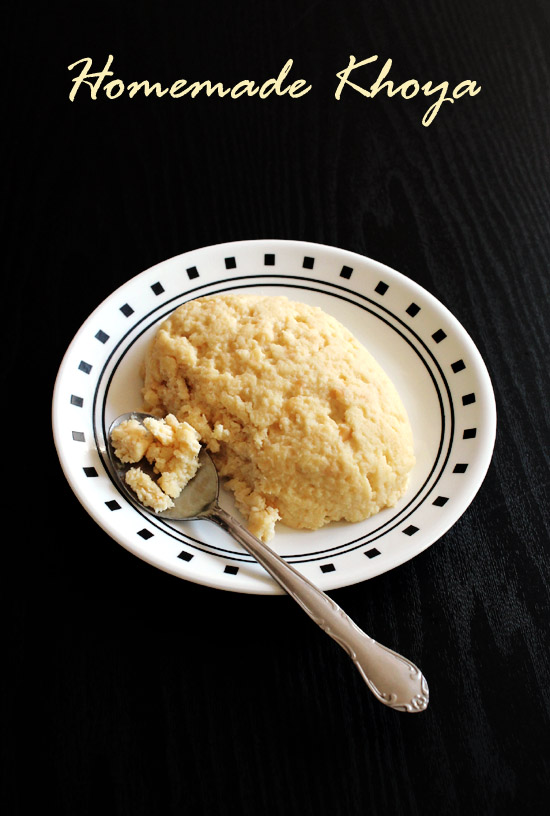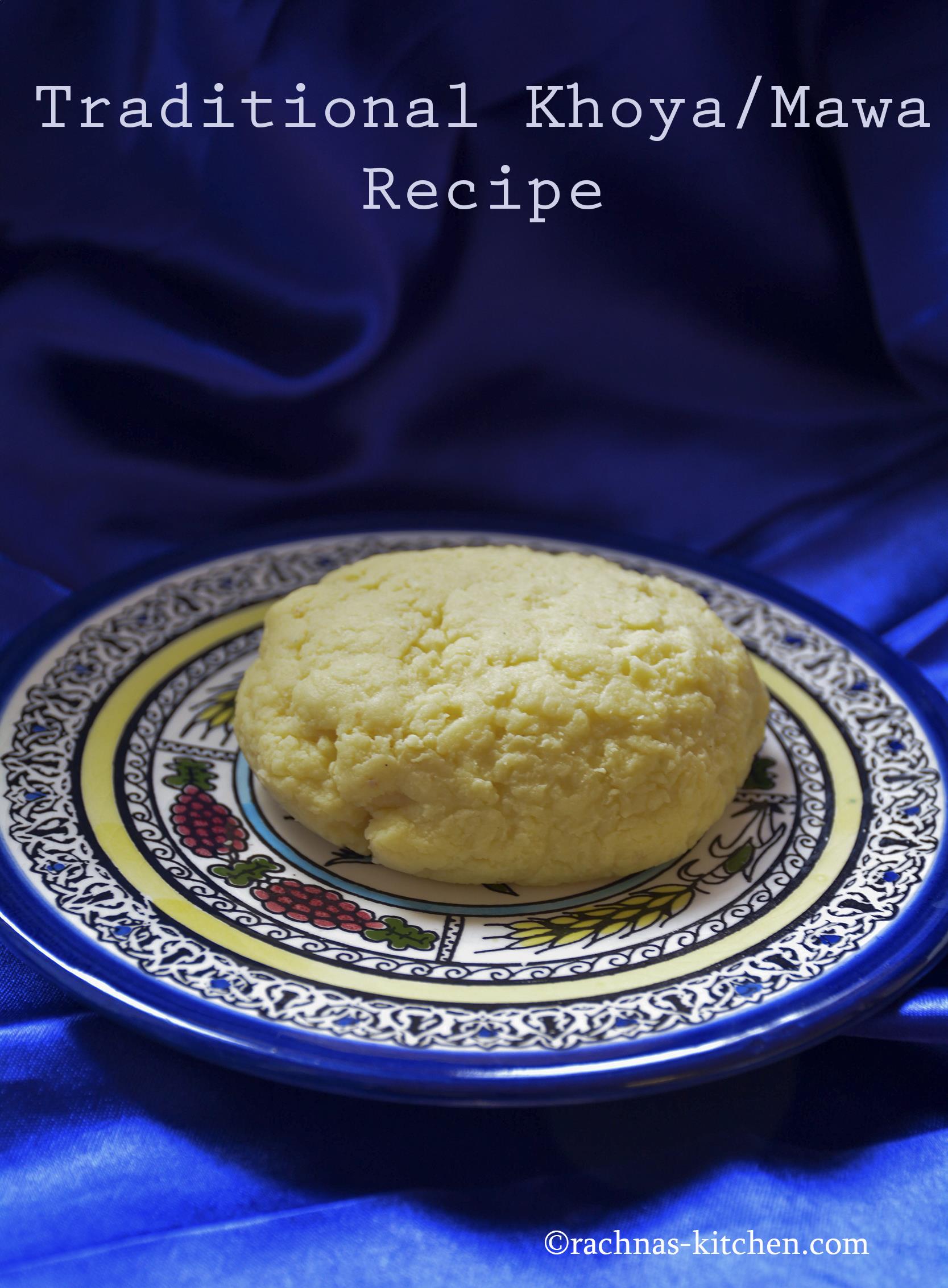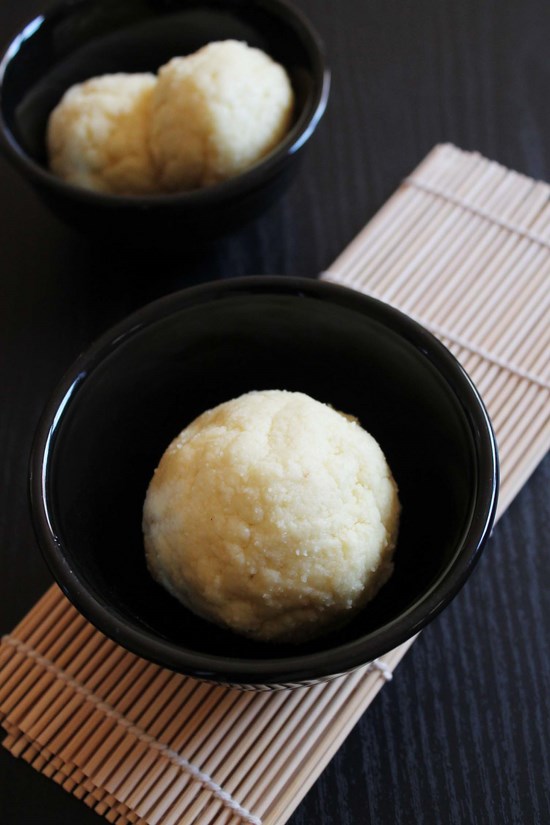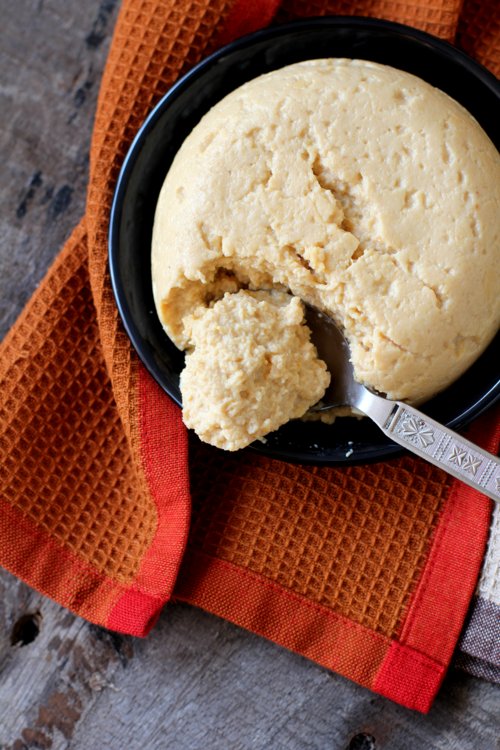Khoya
khoa, mawa
Khoa, khoya, khowa or mawa is a dairy food widely used in the cuisines of the Indian subcontinent, encompassing India, Nepal, Bangladesh, Punjab, and Pakistan. It is made of either dried whole milk or milk thickened by heating in an open iron pan. It is lower in moisture than typical fresh cheeses such as ricotta. It is made up of whole milk instead of whey. A concentration of milk to one-fifth volume is normal in the production of khoa. Khoa is used as the base for a wide variety of Indian sweets. About 600,000 metric tons are produced annually in India. Khoa is made from both cow and water buffalo milk. Khoa is made by simmering full-fat milk in a large, shallow iron pan for several hours over a medium fire. The gradual evaporation of its water content leaves only the milk solids. The ideal temperature to avoid scorching is about 80 °C . Another quick way of making khoa is to add full-fat milk powder to skimmed milk and mixing and heating it until it becomes thick. This may, however, not have the same characteristics as traditionally made khoa. Khoa is normally white or pale yellow. If prepared in the winter, it may be saved for use in the summer, and may acquire a green tinge and grainier texture from a harmless surface mould. This is called hariyali (green khoa) and is used in recipes where the khoa is thoroughly cooked, e.g., gulab jamun.[citation needed] With the advent of refrigeration, the production of hariyali is rare.
Source: Wikipedia
Recipes
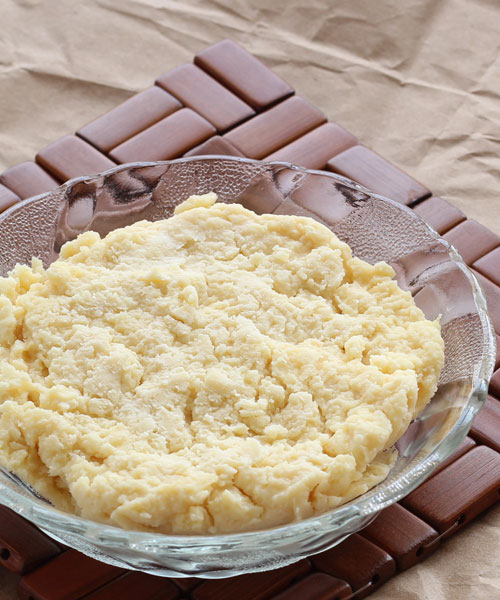
Homemade Khoya Recipe - Prepare Khoa or Mawa from Scratch

